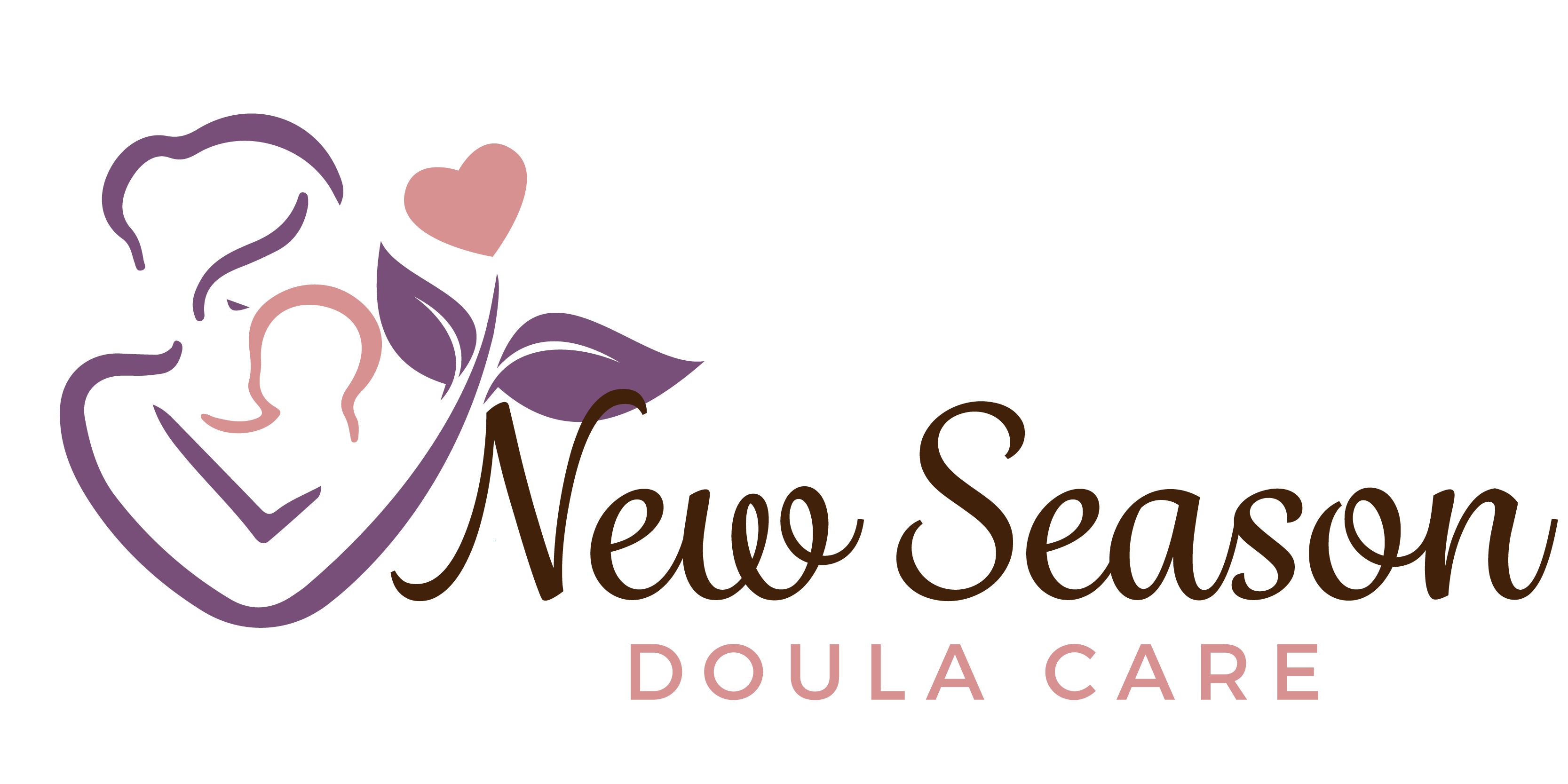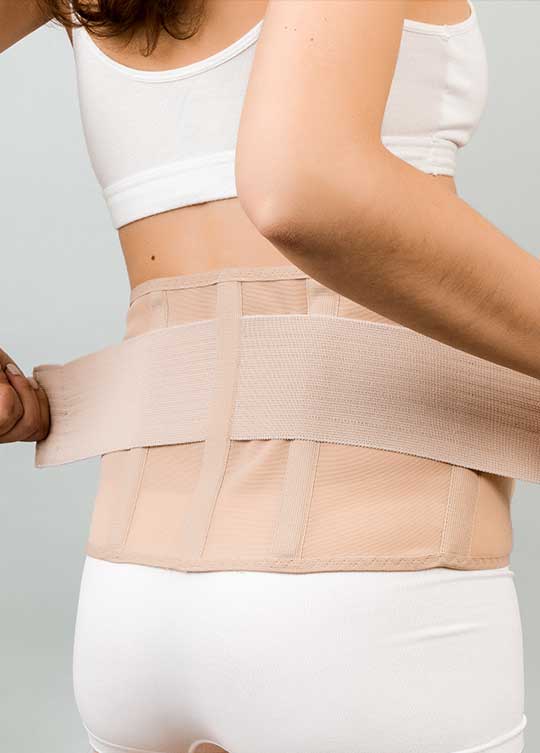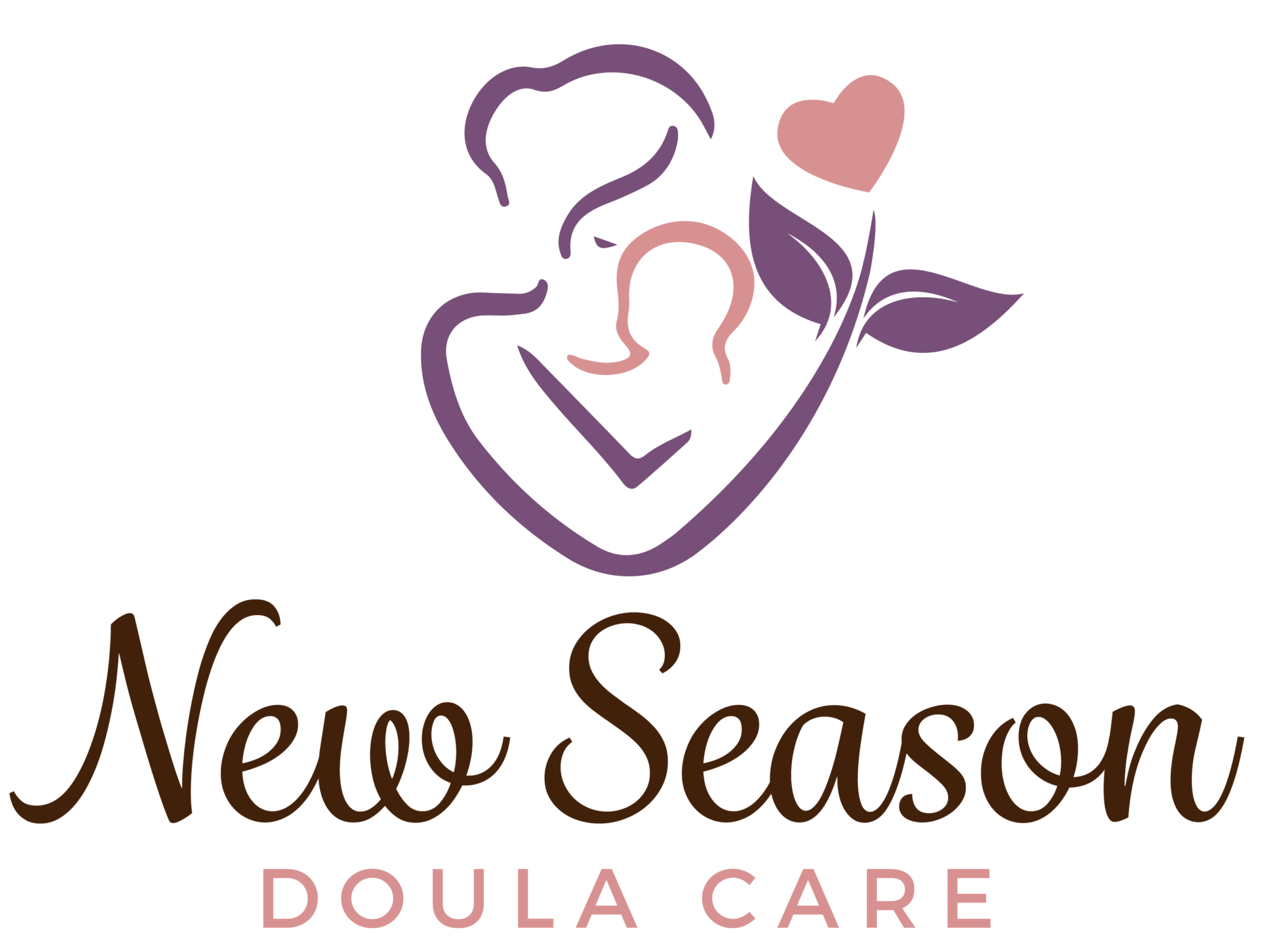Belly What, Why, How? Belly Binding!
If you look up the meaning of the word “bind”, you’ll come across descriptions such as “to tie up” “to wrap tightly” to “cause something to stick together”, to “bandage”, so if you’re hearing the term “belly binding” for the first time then it would be fair that you might picture some sort of belly all wrapped up. In a nutshell that’s exactly what belly binding is – it’s the wrapping of the belly using some form of cloth, usually done to a woman who has recently given birth.
I remember the first time I came across the term “belly binding”. I was on the search for my own postpartum doula when I read it on a website as a service that was offered. I had no idea what it meant but I was intrigued. Fast forward a few years that has involved lots of appointments with Chiropractors and Physios, Postpartum Doula studies and research into the history of postpartum care, as well as a deeper understanding of the pregnant and postpartum body, and I can tell you that belly binding is so much more than just wrapping. It is an art – a practice of love and self-care that brings so many benefits to a woman who has given birth.
Belly binding, in short, is any form of wrapping (think like a large bandage) around the abdomen, from the hips up to the lower ribcage which is firm enough to feel like it’s giving you a nice tight hug (but not so tight that it feels uncomfortable) and is lifting your body up and keeping you physically supported. It is done to support the new mother’s postpartum body as it recovers from childbirth.
The idea of belly-binding is in no way a new concept. It has been around for centuries and is a very traditional part of postpartum care in many cultures. It is often done as part of a ceremony, such as Closing of the Bones. Some common types of belly binding include the Bengkung, a traditional Malaysian practice using a long strip of cloth that wraps around the belly and knots in the midsection each time it is wrapped from the hips up to the ribcage, and the Rebozo which is a traditional Mexican cloth that has many uses including wrapping the belly after childbirth. There are now also lots of modern styles of wraps designed for belly binding, such as large tubular bandages that you step into and pull up and over your belly, or more structured fabrics that wrap around the belly and are fastened with clips or velcro.
Why belly binding?
- Helps your organs return to their pre-pregnancy size and position
- Keeps you feeling grounded and supported as your body heals
- Prevents and relieves back and shoulder discomfort
- Improves circulation and aids in digestion
- Supports your hips, pelvis and lower back as your body heals and hips return to place
- Provides stabilisation for your ligaments
- Supports your posture and organs while you gradually build back pelvic floor and core strength
- Aids in the recovery of the abdominal wall and diastasis recti
- Feels like someone is wrapping you up in a big warm hug!
What it doesn’t do:
- It does not help you to lose weight (as some cleverly marketed products may have you believe). Belly-binding supports your muscles as you recover from childbirth and can support them when you return to exercise, but your weight comes off naturally as your organs return to their proper place and as you gently exercise and build back strength in your body over time.
- It doesn’t make your waist slimmer. It provides support around your core and helps hold everything together while you heal and gain strength.
- It is not shapewear. With lots of different styles of postpartum wraps on the market, belly-binding materials are sometimes confused with products that target different parts of the body and are designed more for body shaping as opposed to support and healing.
- It doesn’t build or tone muscles. Muscle strength returns as you gradually build this back up over time. Belly binding can help you avoid placing extra strain on your abdominal muscles while they are healing, giving you a better chance at recovery and building strength once your body has healed.
When to do belly-binding
You can start belly binding any time after you have given birth, as early as 2-4 days after a vaginal birth or 12-14 days after a caesarean. It’s never too late to start, and it’s something that you can do weeks, months or even years after giving birth. You may wish to have your belly wrapped all day long every day, or just for a few hours every few days in the first 6 weeks after giving birth. There are no hard or fast rules about how often you should wrap your belly or how long you should leave it on for – it really comes down to personal preference. Your belly can be wrapped at any time of the day. Some traditional practices apply herbal infused oil after a warm shower to help keep the new mother warm and to aid healing. Whether you wear it to bed or not is entirely an individual choice – some styles of belly wrapping may feel nice and snug to wear to bed while others will feel quite uncomfortable.
What equipment you will need
The only thing you need for belly binding is some sort of cloth or fabric that is going to be able to wrap from below your hips to the bottom of your ribcage. You could use a long strip of cloth such as the Bengkung (15-20 metres in length), a tubular bandage, or a muslin cloth. You could even tear up old bedsheets to use – anything that is large enough to wrap around your belly. You may wish to apply a massage oil before wrapping your belly but this is optional. If you do use oil it can help to place an extra layer of cotton over this first to protect your wrap.
How to belly-bind
There are various methods of belly binding you can do. The way you do it is a personal preference and there’s no right or wrong method. The important thing is that if feels comfortable for you and that your core feels supported. The cloth should be wrapped firmly around the belly, from below the hips and up to the ribcage to provide support to your hips, pelvis, abdominal section and your back, and then secured in place. Most methods are simple and you can do it yourself, while some more traditional methods are best done by somebody else as it can be difficult and time-consuming to do it yourself. It’s important that the cloth or fabric doesn’t dig in or ride up – this will feel uncomfortable and won’t support your core in the way that it’s supposed to. Your wrap should be firm and snug but not too tight (you will know if it’s too tight if it feels very uncomfortable or if your breathing is restricted in any way) as this could place too much pressure on your pelvic floor and abdominal wall which defeat its purpose and won’t allow for proper healing
How long and how often
As with when to start belly-binding, there are no hard or fast rules about how long you should do it for either. Most traditional cultures that practice belly-binding do so for at least the first 40 days when most of the major healing is taking place. Some people may continue to do it for months or years after giving birth, and some might only do it for some added support when they return to exercise.
Many Postpartum Doula’s offer to do belly-binding in your home. If you prefer a more traditional style of wrap then this could be a nice option to have someone do it for you (doing it yourself can be fiddly and time-consuming). Some Doula’s also perform traditional ceremonies involving belly binding, such as Closing of the Bones, which can be a healing experience as you step into the role of motherhood.
If you’re intrigued by belly-binding as I was, it’s worth giving it a go. You may decide it’s not for you, or you might love it and continue wrapping your belly well into the future.



